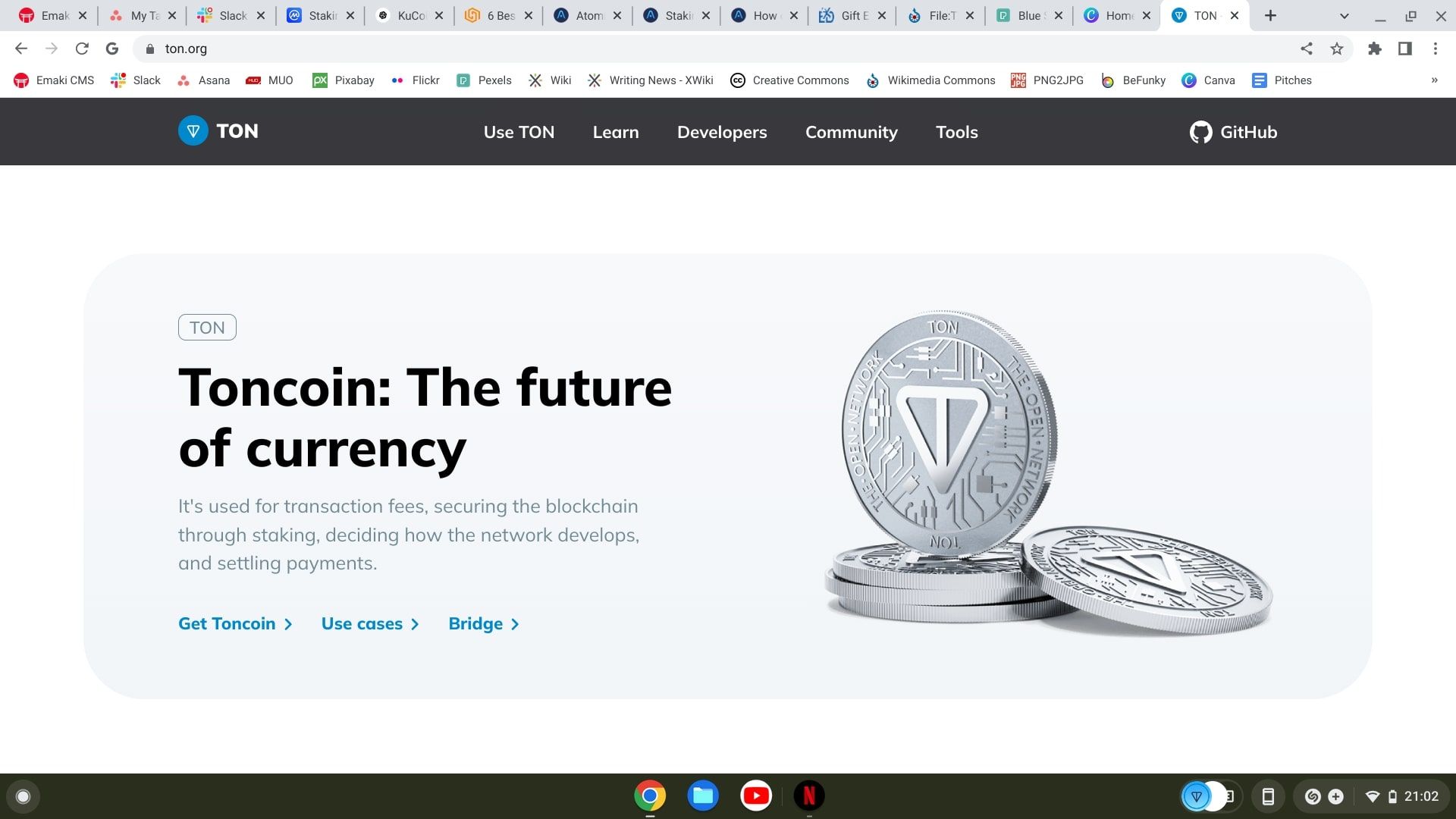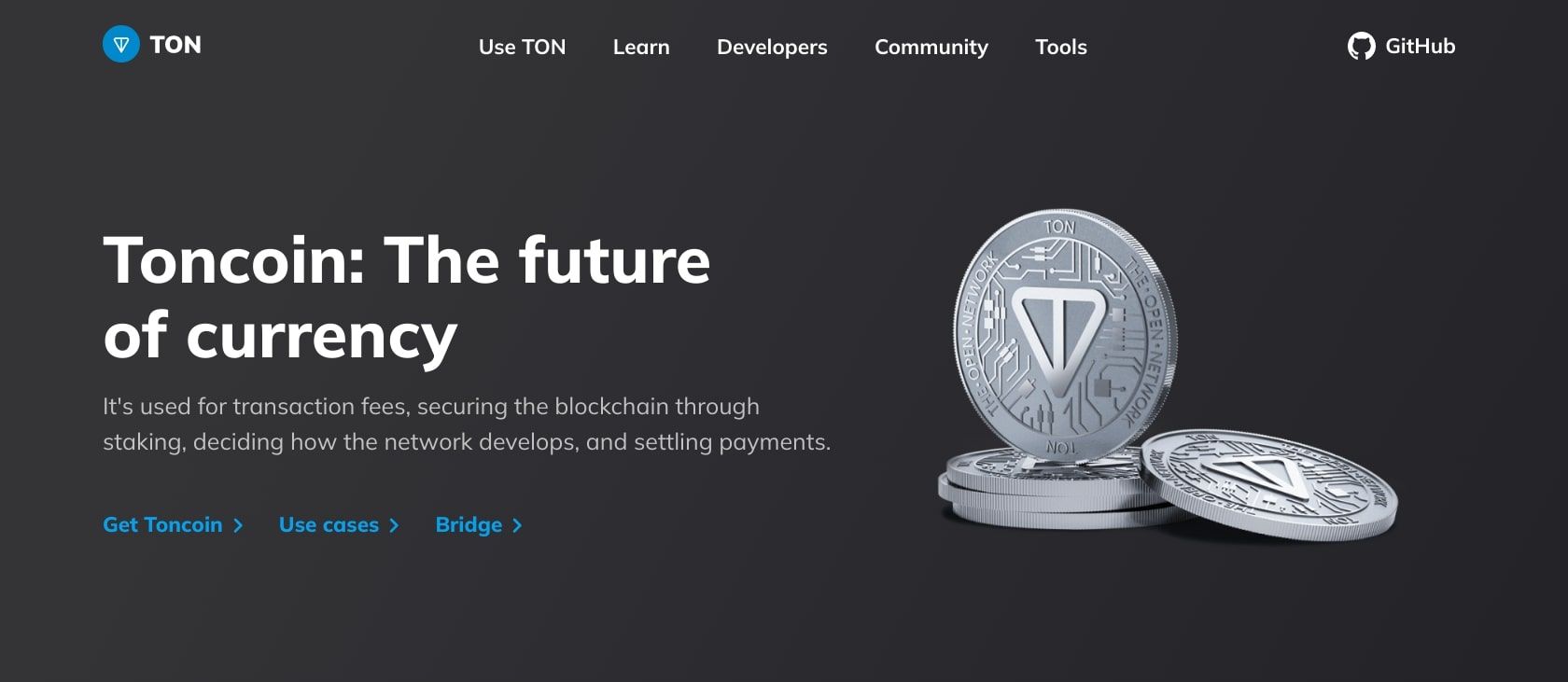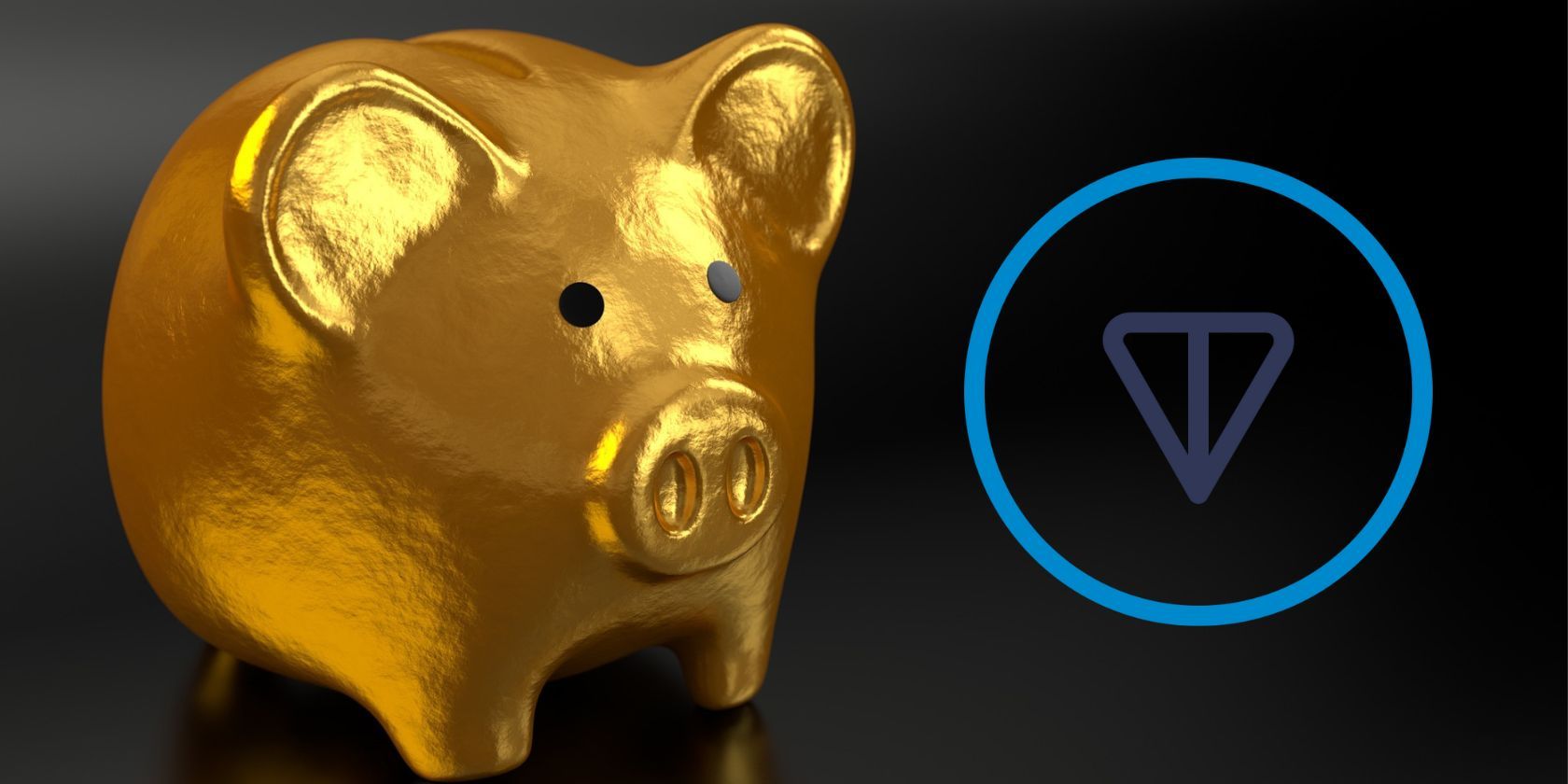Nowadays, it seems everyone wants in on the crypto game, be it entrepreneurs, developers, or well-established companies, such as Telegram. It was from this company that a crypto project was launched, and a long, laborious road followed. Toncoin, a product of this journey, has been around for some time, but what exactly is it for? And, most importantly, is it safe?
What Are Toncoin and TON?
Toncoin (TON) is the native token of the TON network. TON is an acronym for "The Open Network" and refers to a decentralized layer-1 blockchain. Layer-1 refers to the level of blockchain development and represents the key framework or architecture of a given blockchain network.
TON is designed to be scalable and is allegedly able to accommodate "billions of users." TON does this via blockchain sharding, a technique that involves using multiple blockchains within the same network, all of which have their own purpose, such as governance, transaction recording, or otherwise. TON's network currently consists of master, work, and shard chains.
This spreads the network workload across multiple chains and prevents any one chain from dealing with huge backlogs of unverified blocks. Other popular blockchains like Zilliqa currently use sharding, with the Ethereum network making plans to implement this technique in the near future.
The TON network uses the proof of stake (PoS) consensus mechanism to verify transactions. Proof of stake is a widely used mechanism that involves using validators (also known as nodes) who verify transactions via a process known as staking. PoS is more energy-efficient and therefore more environmentally friendly, which is why many blockchain networks have ditched proof of work (the consensus algorithm Bitcoin uses) for this newer protocol.
TON's Early Challenges
Telegram Open Network (TON) was initially launched in 2018 to facilitate crypto payments via Telegram. But the project faced a number of challenges early on.
When Telegram Open Network began, its native currency was known as Gram. After the public sale of Gram tokens began, the SEC intervened when they realized that Telegram failed to register a preliminary sale of $1.7 billion worth of Gram tokens. As a result, Telegram was told by the SEC to temporarily restrict Gram's sale and ended up losing its court case concerning the unreported sale.
Alongside this issue, the launch of Telegram Open Network brought a wave of online attacks facilitated by malicious actors using Telegram's familiar name to swindle victims. These actors would offer free Gram tokens under the guise of being affiliated with Telegram. But, of course, there were no Gram tokens up for grabs in this case, and Telegram made efforts to warn people that no Gram tokens were being given away.
But his additional problem contributed to the somewhat tainted reputation of the original Telegram Open Network and didn't help with Telegram's image, either.
According to Coin Desk, after losing its battle with the SEC, Telegram said it would repay investors 72% of their initial payout in Gram tokens, but only 70% of this was returned.
In the end, Telegram's founder, Pavel Durov, finally decided it was time for the company to part ways with Telegram Open Network. But this didn't leave it dead in the water. In 2020, TON was once again revived by a group of software developers named NewTON. This group continued to develop TON and also gave its name a rejig. TON now stands for The Open Network.
This brings us to the TON we see today, which "boasts ultra-fast transactions, tiny fees, easy-to-use apps, and is environmentally friendly" (as stated by TON itself). The currency used by TON is Toncoin. So, let's discuss how it works.
How Does Toncoin Work?
Toncoin is often referred to as the native token of TON, but in reality, it is a coin. This is because Toncoin has its own blockchain (or, in this case, blockchains) and was not developed on top of a pre-existing chain like Ethereum. Toncoin has a range of different uses within the TON ecosystem, which have been listed on TON's official website. So, let's discuss these applications.
Firstly, you can buy and send Toncoin via the Telegram app using the @wallet bot feature. We have a piece that explains how to send crypto using Telegram if you'd like to look further into using Toncoin on Telegram.
Additionally, you can use Toncoin to pay for various services within TON, such as those offered by the decentralized apps built within the TON ecosystem. This is often the case on other blockchains that support the creation of DApps, like Ethereum and Avalanche.
You can also use Toncoin within TON's governance program to vote on TON's changes and development. Using this voting system, users can have their say in how TON progresses, rather than having to let TON's creators make all the decisions. And, because TON is a proof of stake network, validator fees are also paid in Toncoin.
Toncoin transactions are also super affordable to conduct. One of the cryptocurrency industry's biggest issues is rising transaction fees across hundreds of blockchains. TON's developers have noted this problem and designed the network to maintain low transaction fees of less than $0.01. Even Toncoin swaps have a fee of under $0.05. Compared to many other blockchains, these fees are minuscule and make the use of TON more accessible to everyone.
Like any cryptocurrency, Toncoin's price constantly fluctuates but currently has a value of just under $1. In fact, through July 2022, Toncoin saw an overall increase in demand and value, despite the ongoing dip in the cryptocurrency market.
So, is this previously controversial asset truly safe to buy?
Is Toncoin Safe?
It's important to firstly note that the majority of cryptocurrencies out there today are something of a risky investment. This is because the cryptocurrency industry is largely unregulated, highly susceptible to a range of factors that can cause a crash, and rife with scams. But everything is relative, so let's determine whether Toncoin is safe in terms of cryptocurrency investment.
There's no denying that Toncoin is a legitimate coin with a legitimate purpose. As we've already discussed, the ideas behind Toncoin are certainly promising and could provide individuals with some very useful tools and services.
In this sense, TON (and therefore Toncoin) certainly has potential within the crypto market. Its ability to scale while maintaining a decentralized structure and low transaction fees give it a solid foothold. Still, the cryptocurrency industry is ever-changing, and any number of factors could affect Toncoin's growth and make it a riskier investment.
Toncoin May Have a Promising Future
While nothing can ever be guaranteed within the crypto world, it's safe to say that TON and Toncoin could become hard hitters within the industry in the coming months or years. With an expanding network and a growing set of features, we may see this network and its native coin crop up more and more as time passes.




